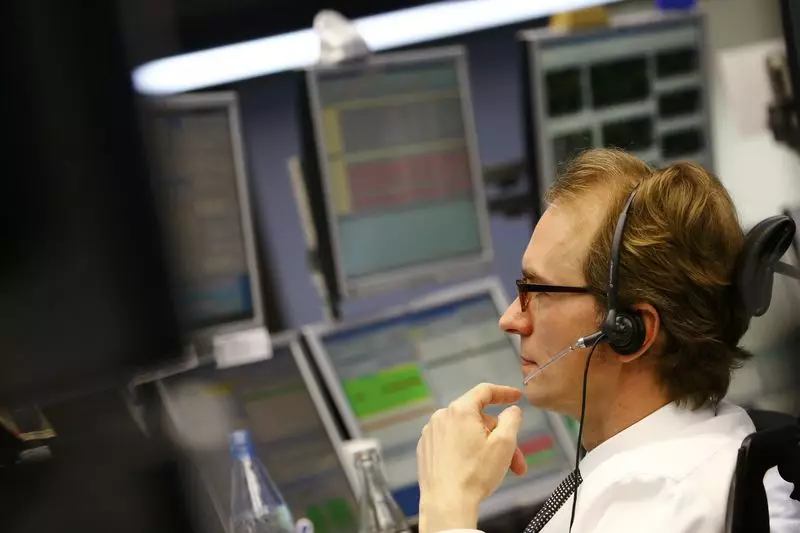As the Mexican central bank approaches its upcoming monetary policy decision in February 2025, the prospect of a rate cut has become a focal point of discussion among economists and policymakers. Deputy Governor Jonathan Heath has indicated that the bank is weighing the possibility of reducing the benchmark interest rate by either 25 or 50 basis points. However, this pivotal decision is shrouded in uncertainty, particularly related to evolving trade relations with the United States. The complexities of the economic landscape necessitate a flexible approach, as the final outcome will depend heavily on the prevailing conditions leading up to the meeting.
Since the beginning of the easing cycle, the central bank has consistently reduced rates, with consecutive cuts amounting to 25 basis points. The recent acknowledgment of the situation indicates an openness to more significant cuts if inflation trends continue downward. This realignment is reflective of a broader strategy to adapt to an environment characterized by fluctuating economic indicators and external pressures, notably from U.S. tariffs on imports.
Trade dynamics with the U.S. add layers of complexity to Mexico’s monetary policy decisions. The potential for tariffs, as threatened by President-elect Donald Trump, looms large over the discussions within the central bank. Trump’s promise to impose a sweeping 25% tariff on Mexican goods unless specific immigration and drug trafficking actions are undertaken has instilled apprehension not only among policymakers but also within the private sector. This uncertainty may inadvertently propel inflation higher and stifle economic growth, thus complicating the central bank’s strategy to stabilize the economy.
Heath’s remarks illustrate the precariousness of the situation: if during Trump’s inauguration on January 20, 2025, he fails to signal significant disruptions, the Mexican central bank might proceed with discussions of rate cuts. However, any decision will require careful consideration of several economic indicators, including the trajectory of inflation, which has encountered variability driven by external factors.
Heath has indicated that the outlook for inflation and growth will play cardinal roles in shaping the bank’s decisions. While inflation has shown signs of stabilizing, projections from analysts suggest that it may close 2025 at 3.8%—a reduction from 4.37% in the previous year. This projected decline in inflation is attributed to a conservative outlook from the business community, attributable to an environment marked by unpredictability and fiscal prudence aimed at managing the national deficit.
The cautious economic forecast, with a growth projection of merely 1.12% for 2025, has heightened concerns about potential repercussions on inflation targets. The central bank must strike a balance between fostering economic growth and maintaining inflation within acceptable bounds. The interplay between these two objectives will influence whether to adopt a more accommodating monetary stance or to hold steady in response to incoming data.
Another point of contention within the central bank is the differing opinions among board members regarding the pace and magnitude of rate adjustments. Some members may favor a slower, more deliberate approach, while others may advocate for a more aggressive strategy to achieve inflation targets. Such disagreements could lead to a non-unanimous decision-making process, complicating the bank’s narrative and public perception.
Heath underscores the importance of considering not just inflation rates, but also broader economic health indicators in making these crucial decisions. Despite indicating a reasonable end-of-year target for the benchmark rate of between 8% and 8.5% for 2025, he concedes that a variety of external factors could sway this estimate.
As we look toward 2026, the anticipation of a neutral monetary stance presents a promising yet challenging outlook. Assuming Mexico navigates external shocks successfully, Heath projects inflation could settle around 3%. With this stabilization, a robust economic expansion could ensue, contingent upon the central bank’s ability to manage its monetary policy effectively in response to unpredictable global events.
The path forward for Mexico’s central bank is laden with challenges. Decisions regarding interest rates must account for a plethora of factors, from U.S. trade dynamics to internal inflationary pressures and economic growth projections. As the world continues to grapple with uncertainty, the effectiveness and adaptability of Mexico’s monetary policy will be scrutinized in the months and years ahead.

